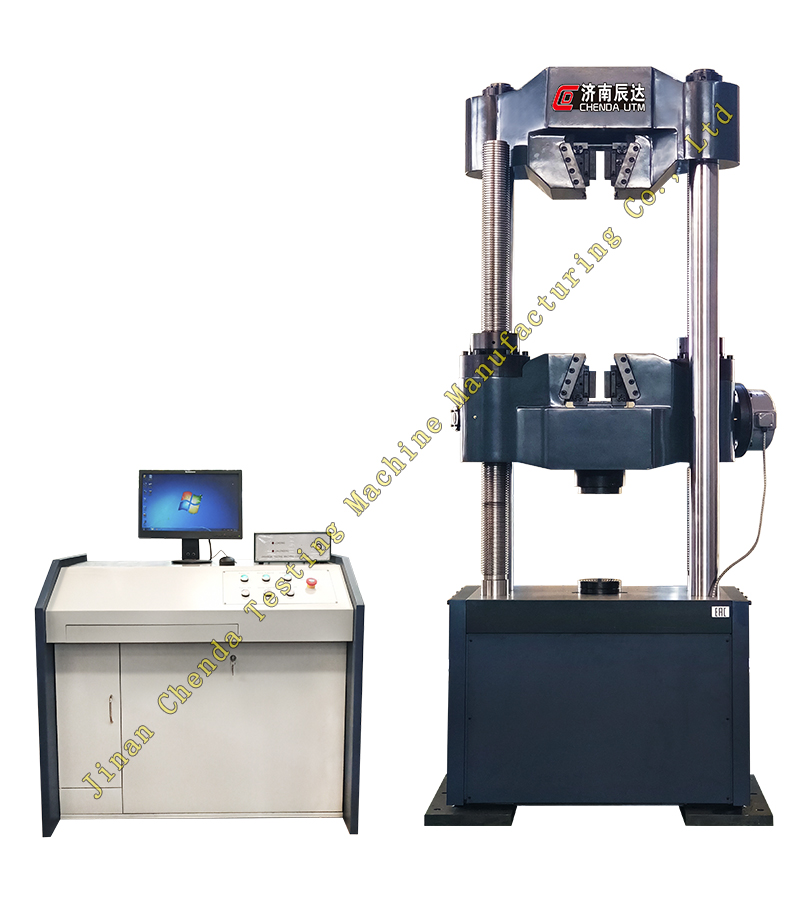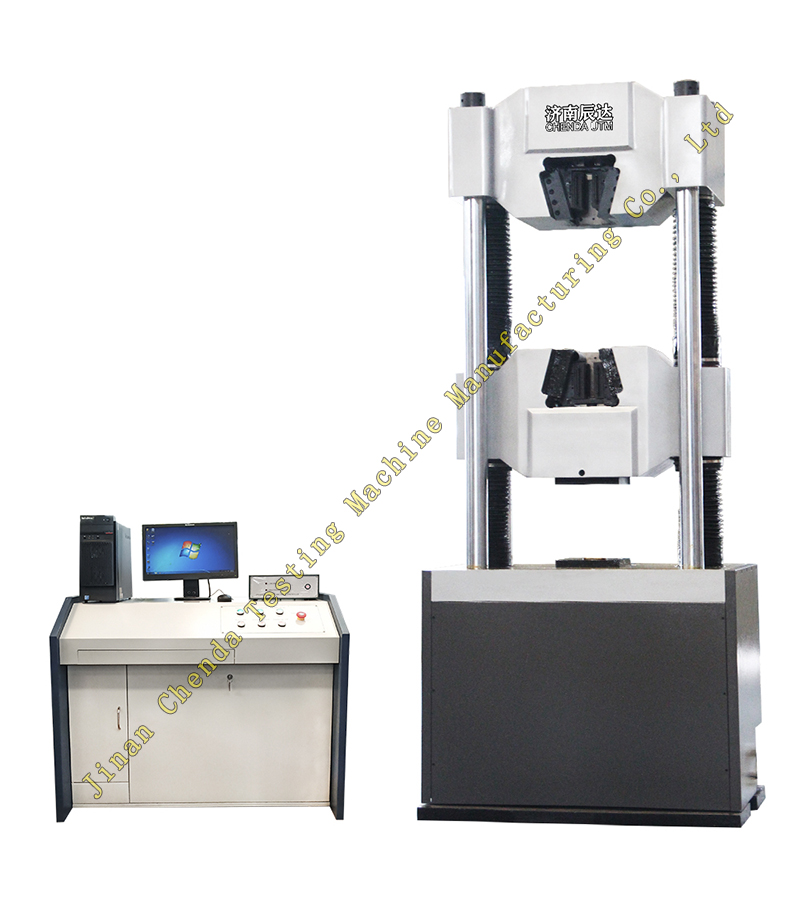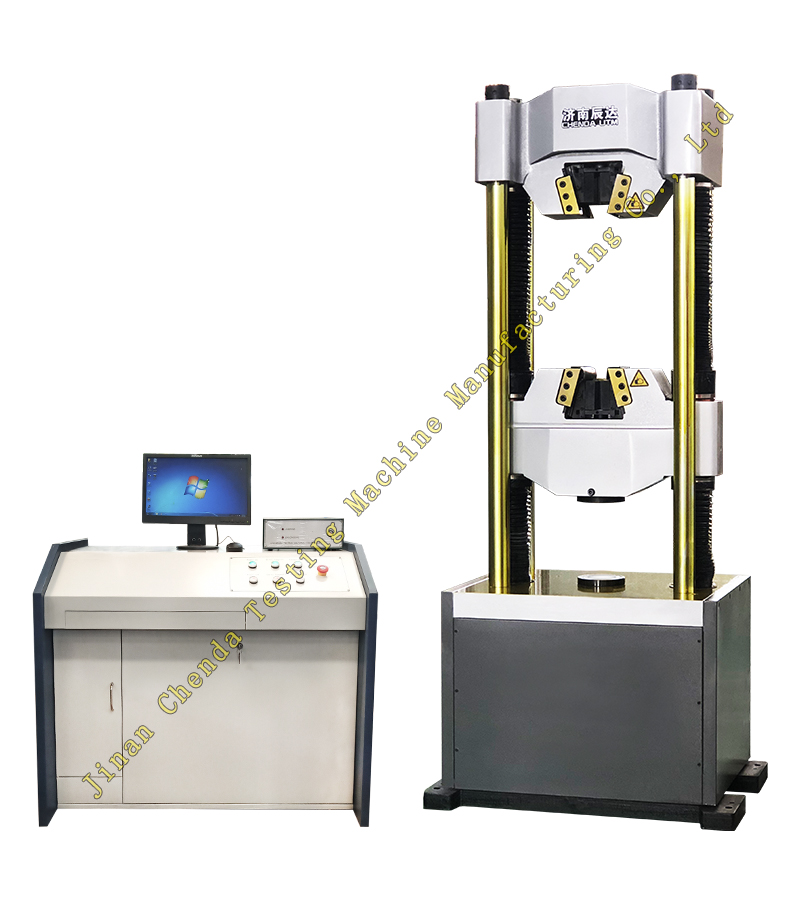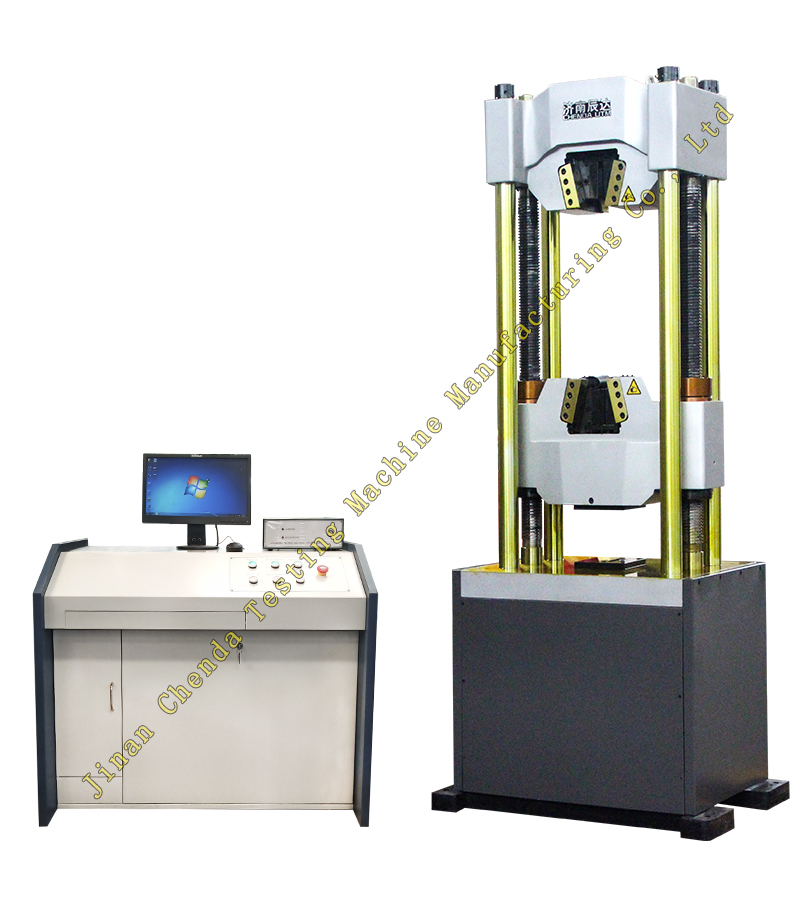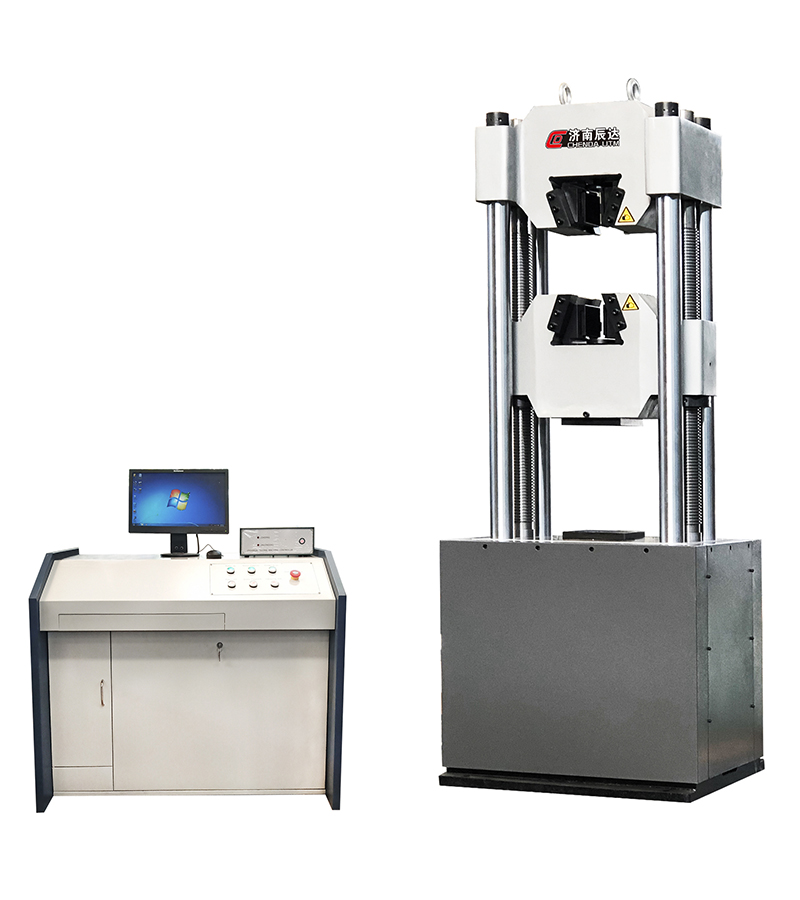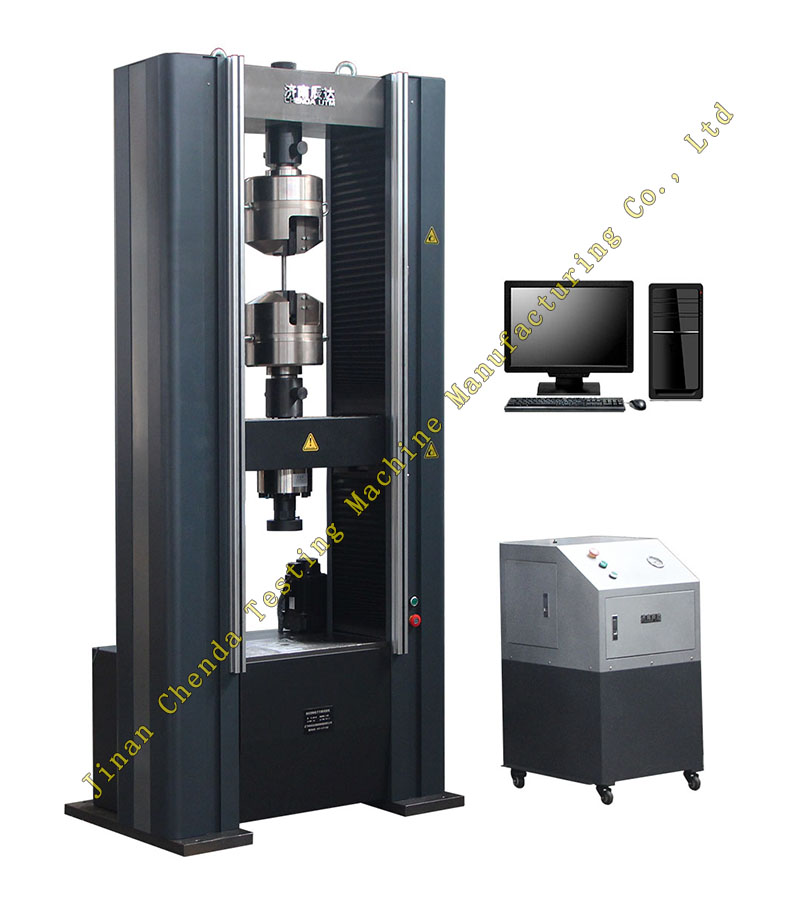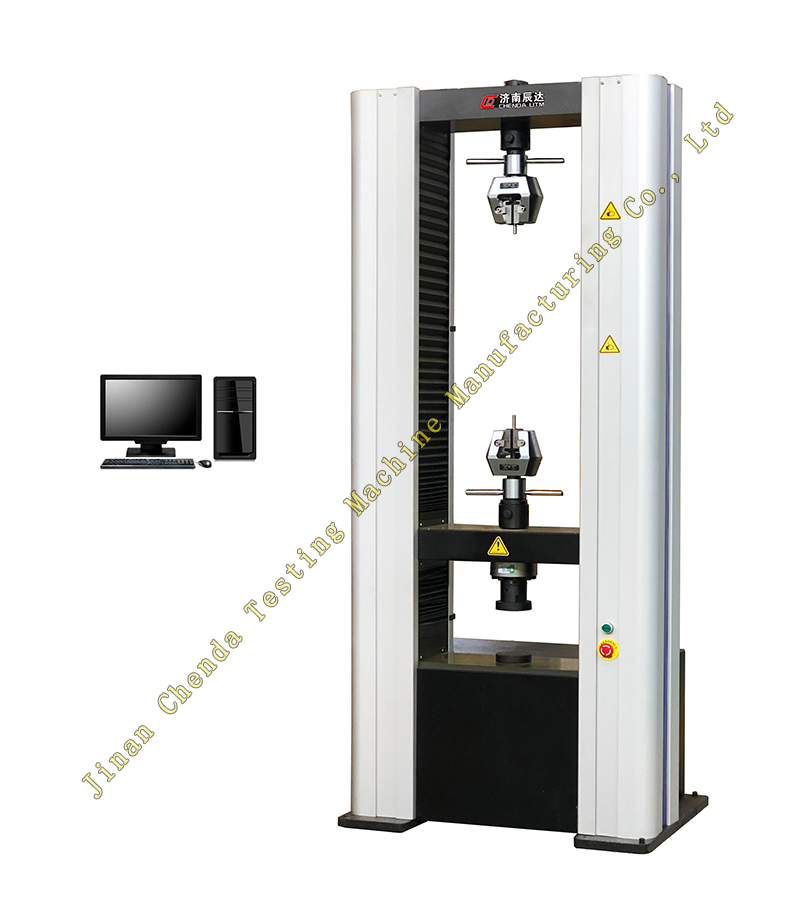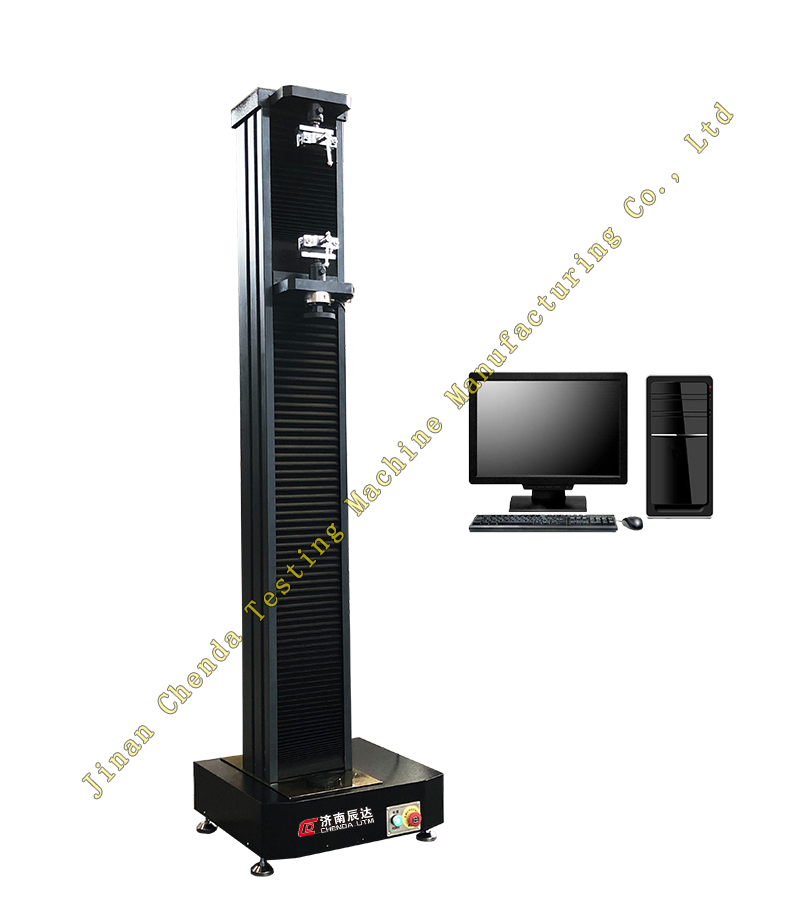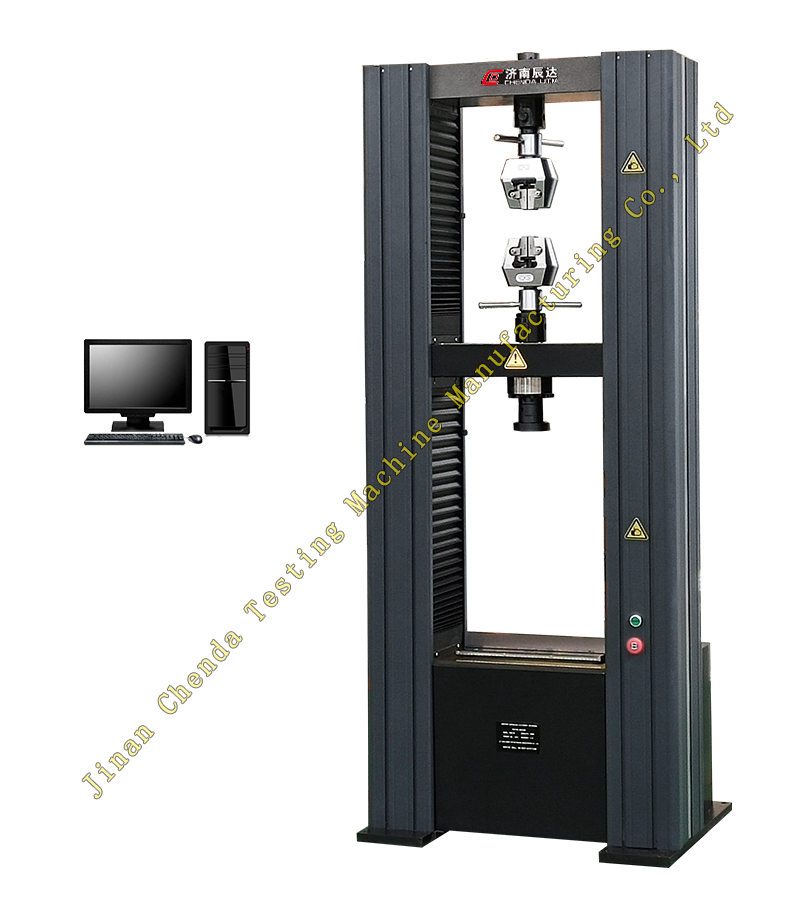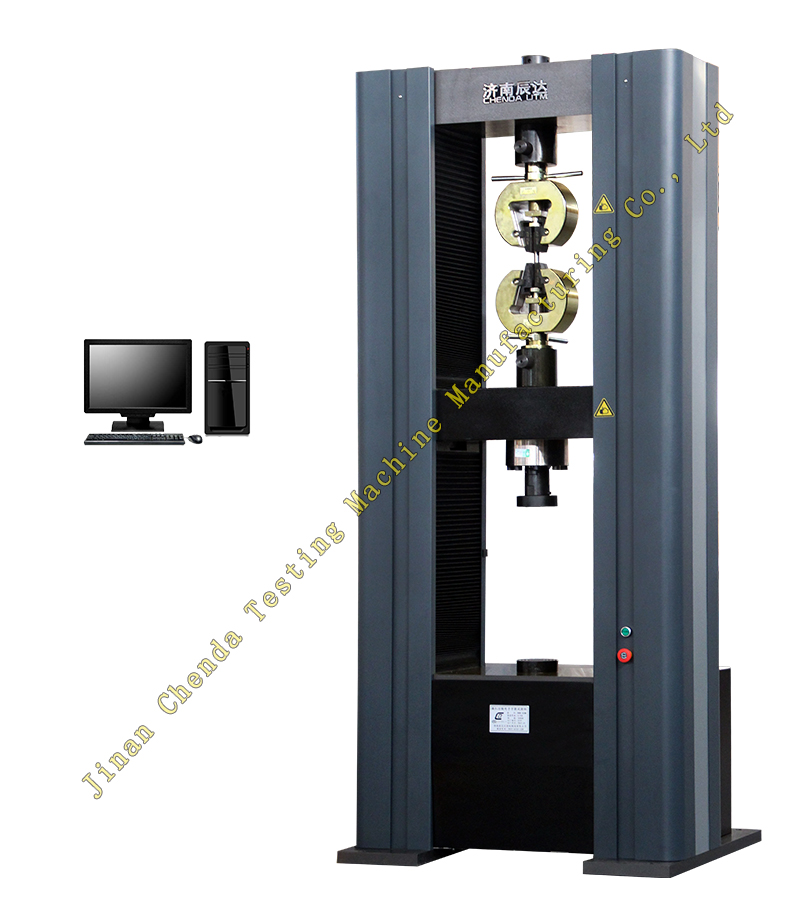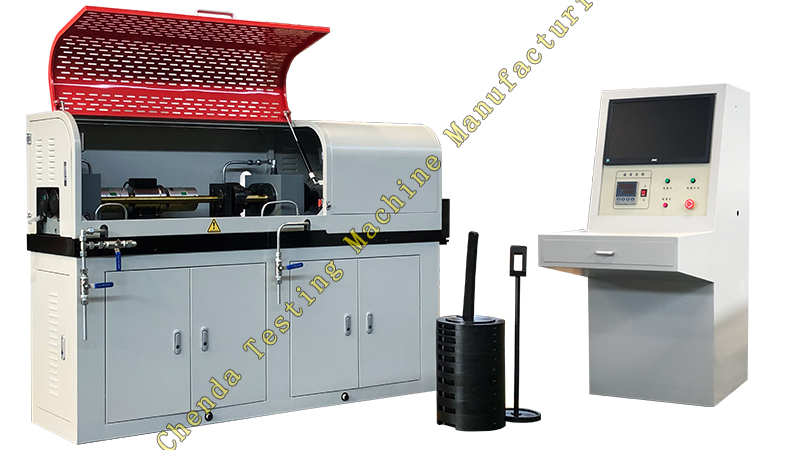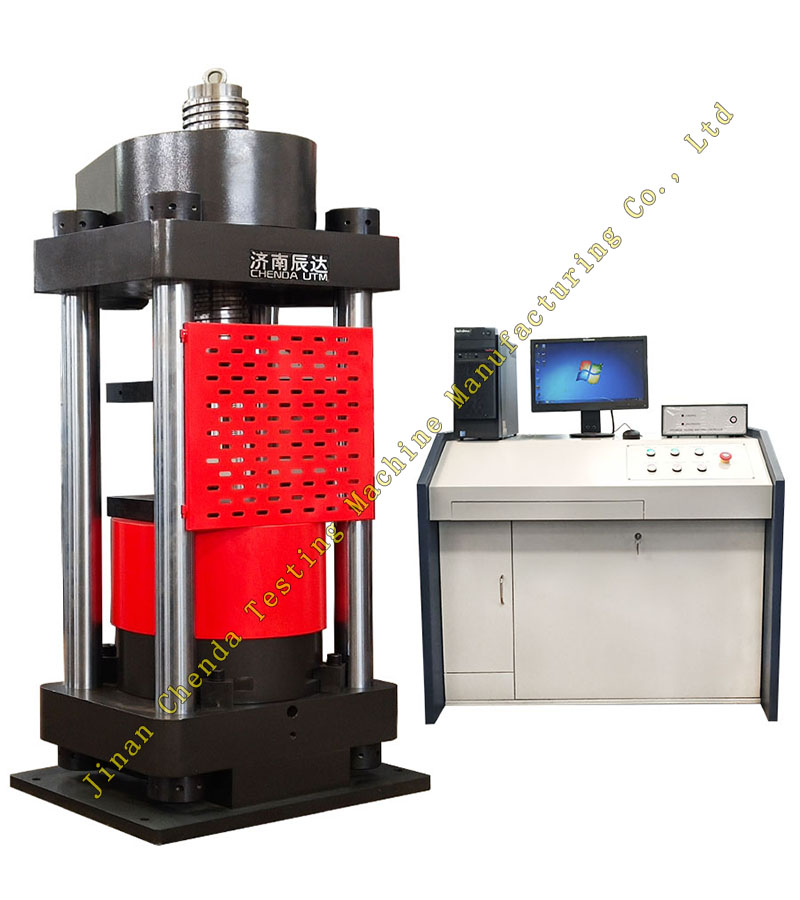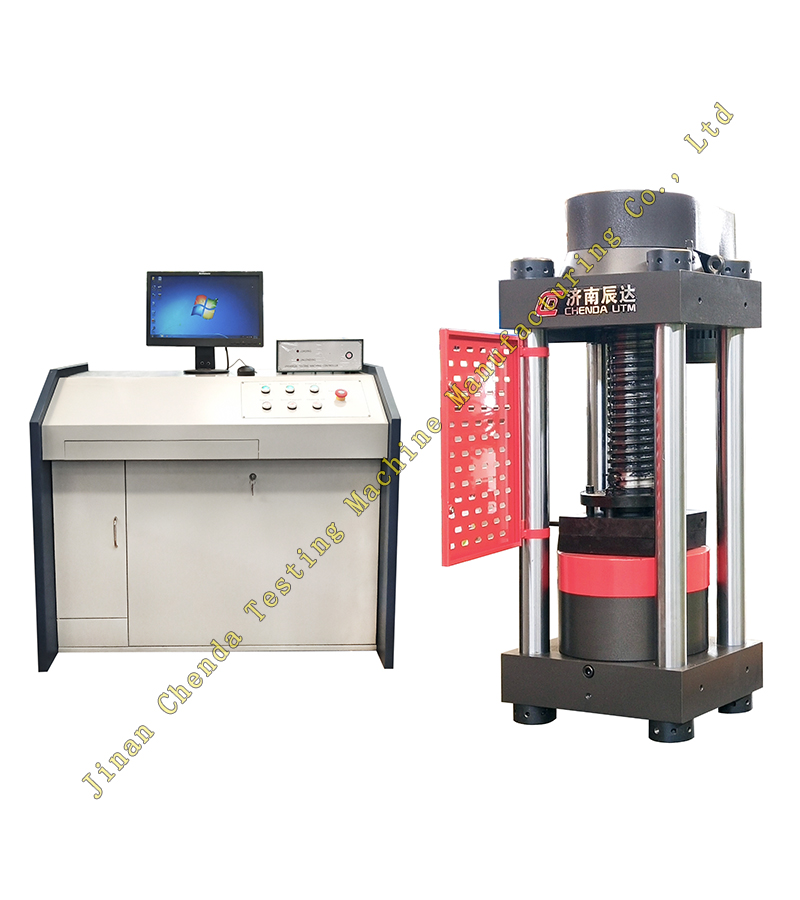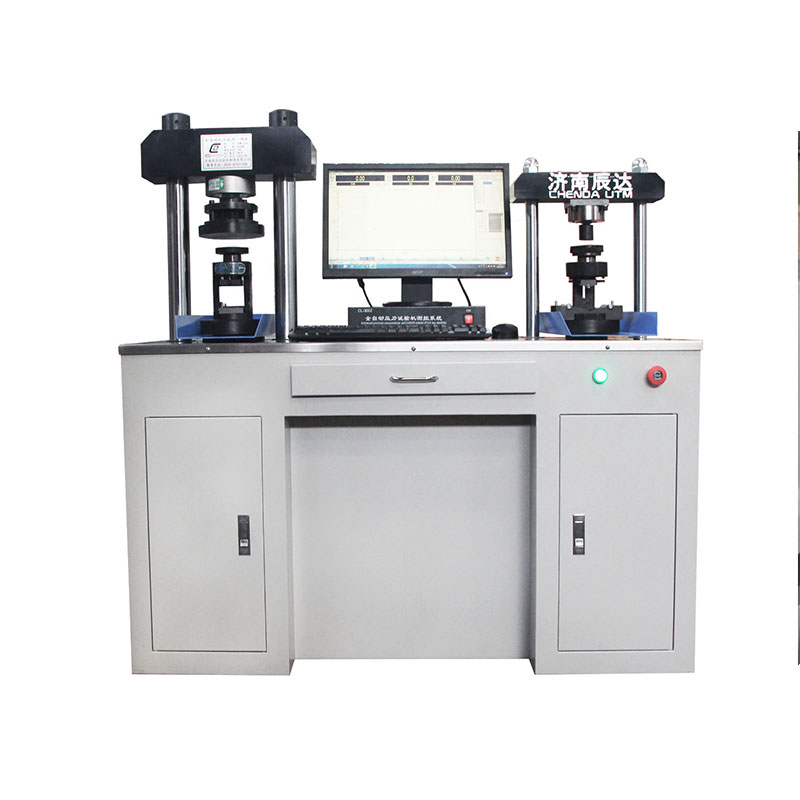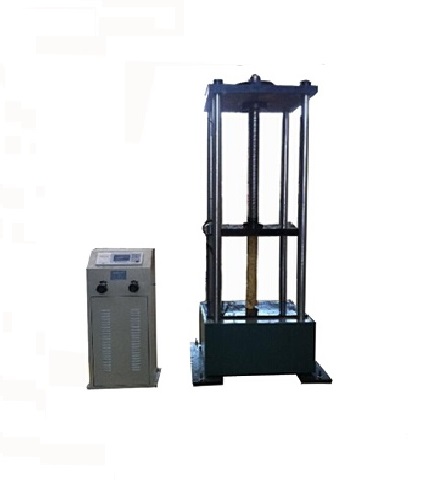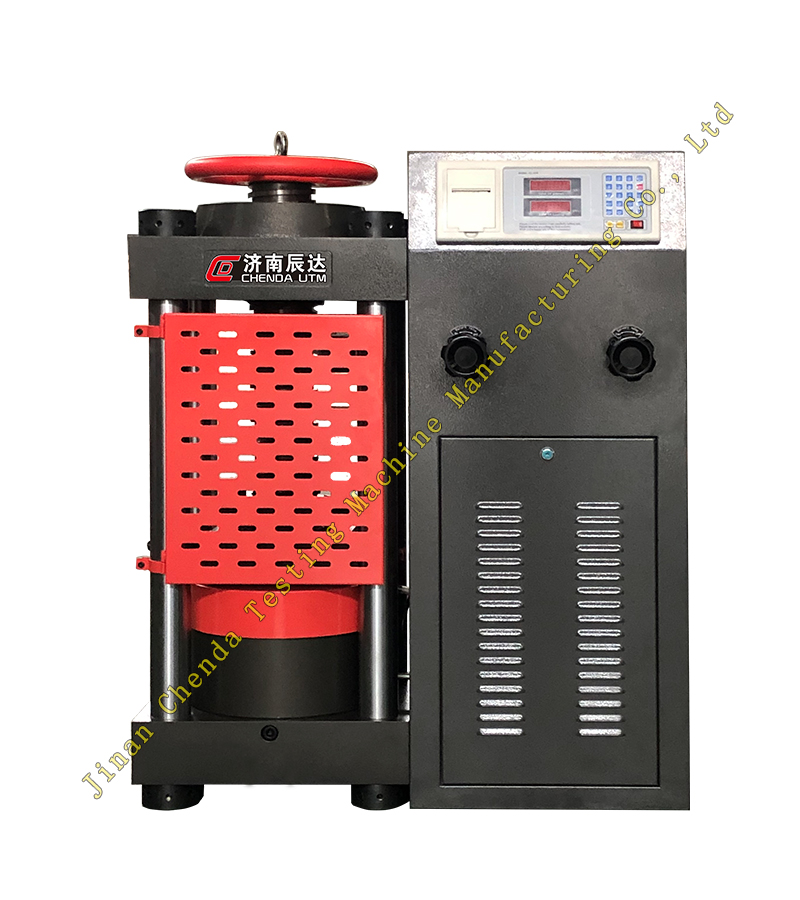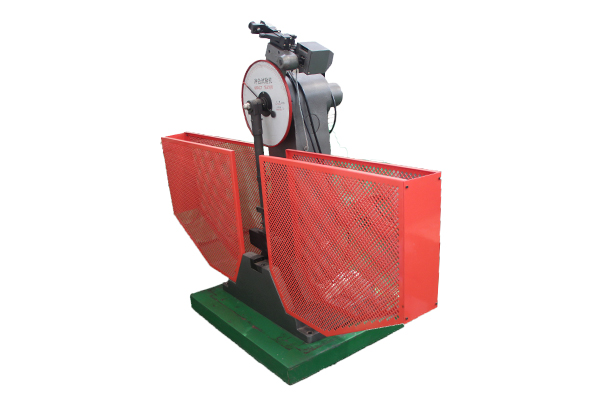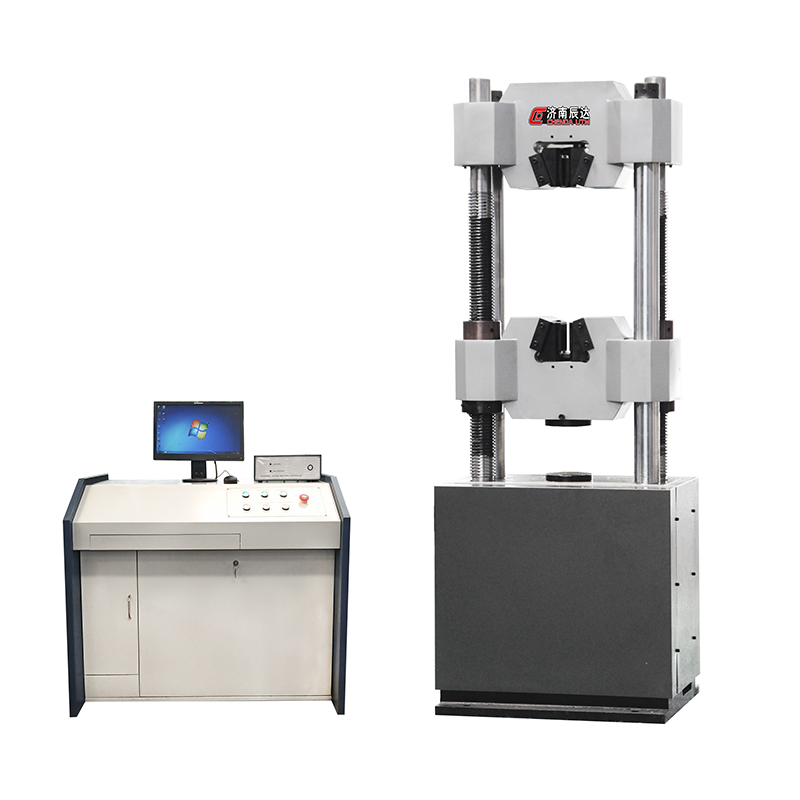
The selection of hydraulic oil for a hydraulic universal testing machine requires comprehensive consideration of equipment operating conditions, performance requirements, and environmental conditions. The core points are as follows:
1. Viscosity matching
Viscosity is the primary indicator and should be selected according to the viscosity grade recommended in the equipment manual (such as ISO VG 32, 46, 68). Choose low viscosity oil (such as VG 32) for low-temperature environments to ensure smooth start-up; Choose high viscosity oil (such as VG 68) for high temperature or high pressure conditions to reduce leakage and maintain oil film strength. The viscosity index (VI) should be greater than 130 to ensure stable viscosity during temperature changes and avoid a decrease in system pressure caused by an increase in oil temperature.
2. Wear resistance and antioxidant properties
The testing machine can withstand alternating loads for a long time, and hydraulic oil containing zinc (ZDDP) or dust-free anti-wear additives should be selected to reduce the wear of precision components such as pumps and valves. The antioxidant performance directly affects the lifespan of the oil. Oil that is prone to oxidation and deterioration at high temperatures can produce sludge and acidic substances. It is recommended to choose products with high-temperature antioxidant formulas (such as adding phenolic and amine antioxidants).
3. Cleanliness and environmental adaptability
The hydraulic system is precise, and it is necessary to ensure that the oil cleanliness reaches NAS level 8 or above. If necessary, a high-precision filtration device should be used. If the environment is humid, hydraulic oil with strong anti emulsification properties (such as deeply refined mineral oil or synthetic oil) should be selected to avoid emulsification failure caused by oil-water mixing; Low pour point hydraulic oil (with a pour point below -30 ℃) can be used in cold northern regions to prevent low-temperature solidification.
4. Other precautions
Avoid mixing different brands or types of hydraulic oil, and thoroughly clean the oil tank and pipelines when replacing to prevent old oil from contaminating new oil. Priority should be given to selecting oil products certified by equipment manufacturers, regularly testing the oil acid value, moisture content, and particle size, and replacing them periodically (usually 1-2 years) to ensure long-term stable operation of the testing machine.
In short, reasonable oil selection should be based on equipment parameters, dynamically adjusted according to actual working conditions, and balance economy and reliability.
